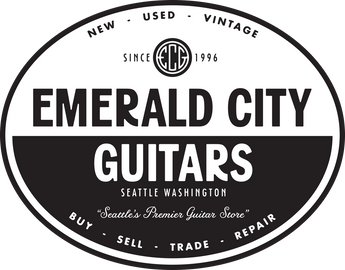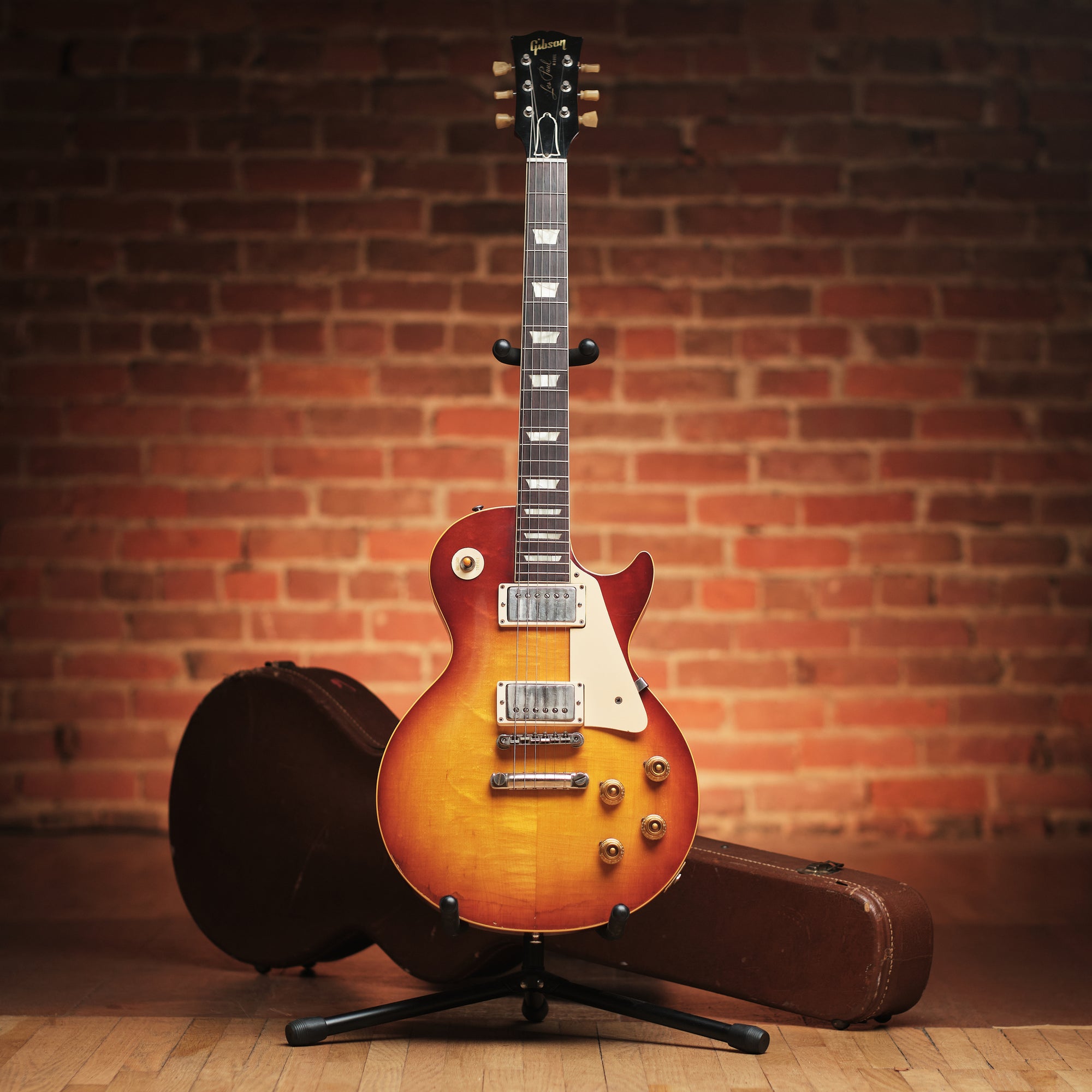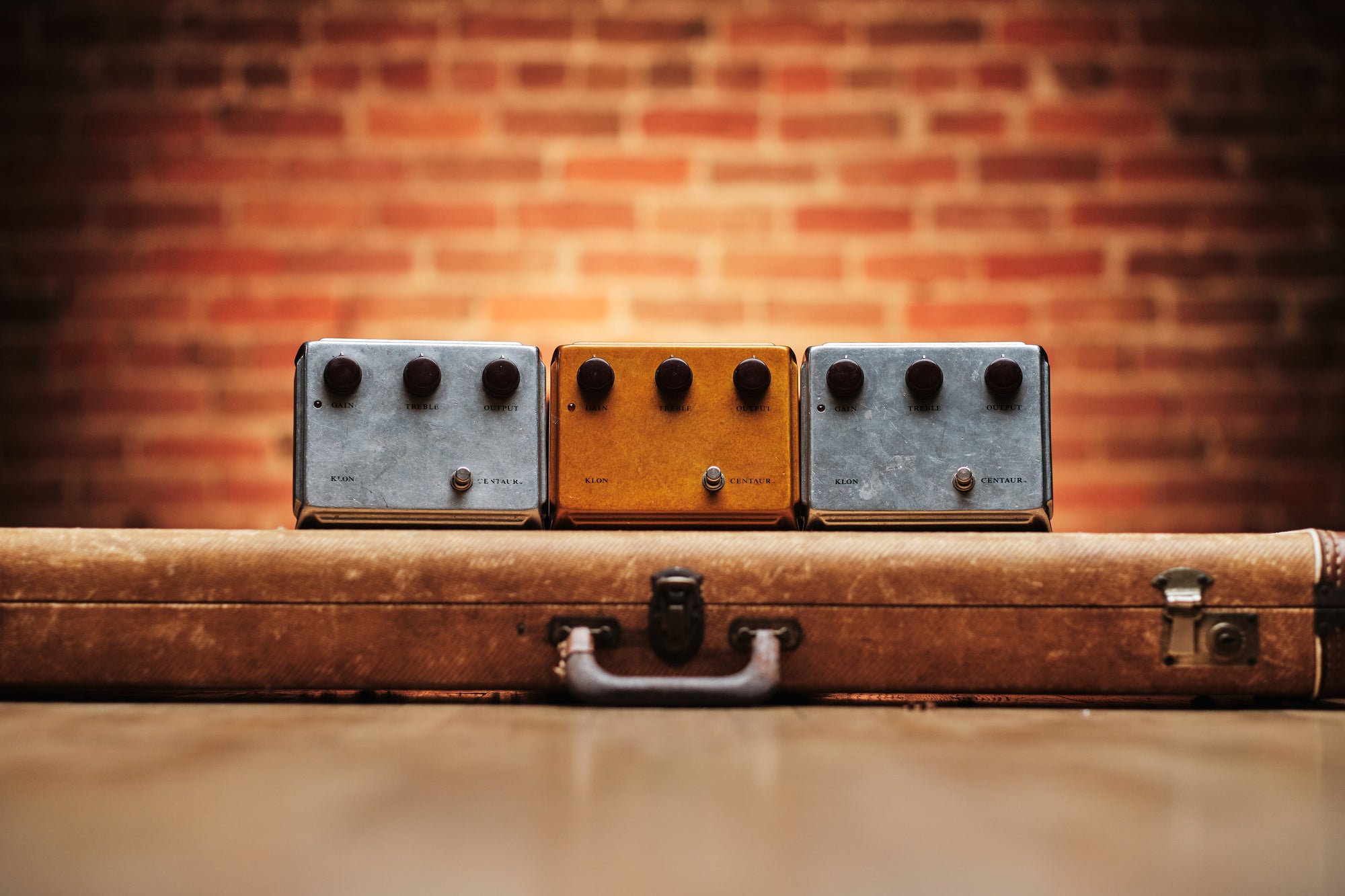Ernie Ball Earthwood Bass

In 1992 the film Jurassic Park taught us that just because we have the ability to create something does not necessarily mean we should. The Earthwood bass was developed in 1972. Despite how cartoonish this thing looks and feels, it represents a vital step in the development of the modern bass guitar.
Famously played by John Entwistle during acoustic sessions, the sound is remarkably rich and clear. Perhaps the most alarming characteristic both visually and in terms of playability is the whopping 8 1/4” depth of the sides. This is roughly twice that of the average acoustic guitar. This absurd depth was soon reduced by 2 inches, but the distinctive tone of the bass was never quite the same. In true 70s style, natural-tinted woods were used in literally every application possible. Pickguard, binding, the neck plate, everywhere. It might look like a Gibson B-25 with Elephant Man disease, but it does feature a full 34” scale and quality solid woods throughout. The model itself and most of its design features were a failure and saw very limited success, but this particular instrument has survived in excellent shape, and sounds terrific. The good news is that just because quaaludes were required to design this bass, doesn’t mean we need any to enjoy it today.

1931 National Duolian


It’s unfortunate that resonators are so unanimously typecast as blues and country instruments. Prior to the second World War, they were a serious contender to succeed the archtop as the loudest and most desirable guitar for use in popular live music. I would even go so far as to submit that, if not for WWII, the resonator would have been a much more tenured and dominant force in midcentury American music. In the end, however, the Aluminum cone simply lost out to the mighty electron, spurred on to victory by the inevitable advancements of a nation at war.
Albeit brief, the “Resophonic” guitar had its time in the sun, and this 1931 example could be considered a product of its golden age. First developed by the Dopyera brothers in the mid 1920s, the design moved steadily to maturity by the start of the following decade. Retailing at $32.50, the Duolian was the company’s most affordable offering and while many were made, a tremendous number of them have been destroyed, mistreated, or simply recycled over the years. To find an original example that has survived free of abuse is a rarity, and to find one with provenance is almost unheard of.
This particular Duolian is an early-production model from 1931, but the original sales receipt (included with the guitar) indicates that it was not originally sold until 1934. Perhaps most astonishingly, this one-owner example also comes accompanied by a photograph of the original owner posing with the instrument, taken sometime shortly after acquiring the guitar in the mid-30s. Even the original rope strap from the photo remains attached and functional. A tidy neck reset and some correct replacement tuners were all that was needed to bring this amazing National back up to speed. We received this remarkable package directly from the son of the original owner, and it is truly the most well-documented and interesting vintage resonator I have ever seen.
1960 Fender Jazzmaster

Last week I went on and on about how amazing it was to be offering a 1957 Goldtop formerly owned by Joe Bonamassa, and here I am now tasked with describing another one of his former instruments. This week’s offering is a beautiful 1960 Jazzmaster in factory blonde, one of Fender’s most beloved custom colors. Apart from the inherent value of vintage Fender offsets, you can be sure that Joe only buys the very best in playability, sound, and originality.
Once the black sheep of the company’s lineup, the Jazzmaster is now one of the most recognizable and desirable electric guitar designs out there and 1960 was certainly among the model’s premier years. The Brazilian rosewood slab fretboard is the hallmark of the last true iteration of Fender’s “golden era,” and provides a richness and response that simply cannot be mimicked with the later laminate boards. The ash body used on blonde-finished Fenders not only look better than the alder equivalent, but are notably lighter and more resonant, reminiscent of early Stratocasters from the first few model years of their production. This particular example is sporting a replaced bone nut and a very clean refret, but is otherwise completely untouched. Custom color vintage Fenders with celebrity provenance don’t come around every day, and this one will surely go fast.
1960/62 Fender Stratocaster

Anyone even vaguely familiar with the modern Fender catalog can attest to the fact that 1960 and 1962 are two of the company’s most often reissued model years. This is not by coincidence, and original guitar from this era are among the most desirable from any brand. This unique example is a perfect mixture of the two years, featuring a 1960 Stratocaster neck on a 1962 body with several minor alterations that make it an absolute player’s dream.
While the guitar has been refinished in Olympic White, the pickups, pots, and tuners remain original to the body and neck. A 5-way blade switch has been added for maximum tonal versatility, a mod that is near-mandatory for a player’s guitar. The nut and frets have also been changed, but were very well executed and allow the instrument to play as well as any custom shop Fender you’re likely to find. These vintage “partscasters” are often looked down upon in the community as lesser-than, but in practice I have found them to be some of the most fun, playable, and tonally complex Fender instruments on the market today. And for less than half the price of a factory example? It seems like a no-brainer for the player whose primary objective is tone rather than investment value.
Gretsch “Triple Jet” Conversion

Even among popular musicians, Jack White seems to have a special talent for eliciting strong emotions from his listeners. Whether those reactions are positive or negative, it’s an undeniable fact that Mr White is unquestionably one of the electric guitar players of the last century. Just like his music, though, his eclectic repertoire of gear also has the power to polarize.
This Duo Jet may have been originally built by the Gretsch company, but was actually heavily modified to resemble a custom instrument built by Randy Parsons for the noted musician Jack White. This “Randy Parsons project” guitar features an additional middle pickup, a kill switch, and even an on-board MXR Micro-Amp wired directly to the middle pickup for those signature stomach-churning blues tones. A tremendous amount of time and money was spent by the original owner to make this the most accurate Jack axe out there, and it deserves a true fan to wield it to its full potential. This is sincerely a one-of-a-kind instrument!



